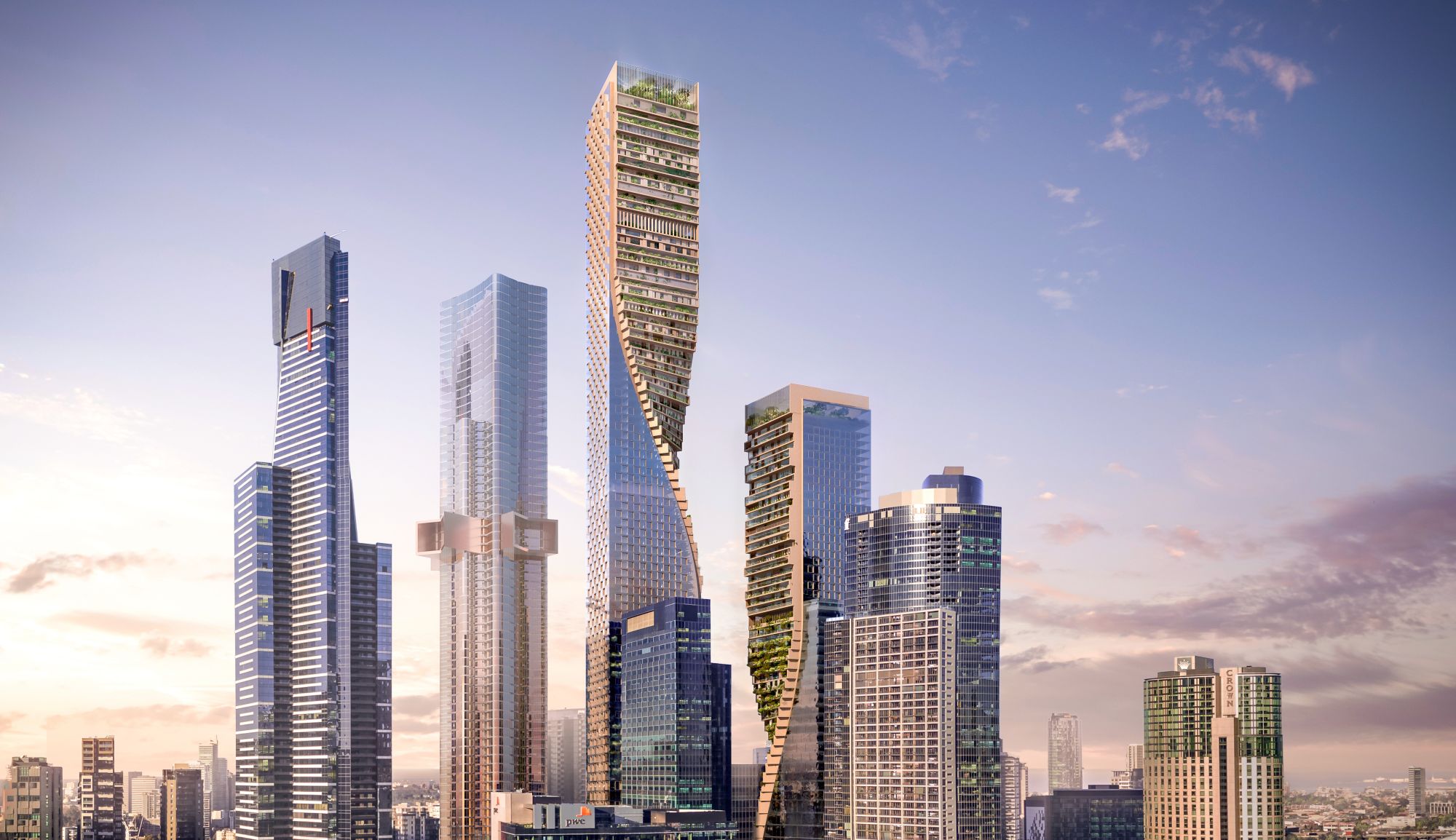A twisting, tree-covered skyscraper in Melbourne is set to become Australia’s tallest building, after it was announced Wednesday as the winner of an international design competition.
Set to break ground in 2020, the proposed “Green Spine” project comprises two main towers, the tallest of which will reach more than 356 meters (1,168 feet) into the sky.
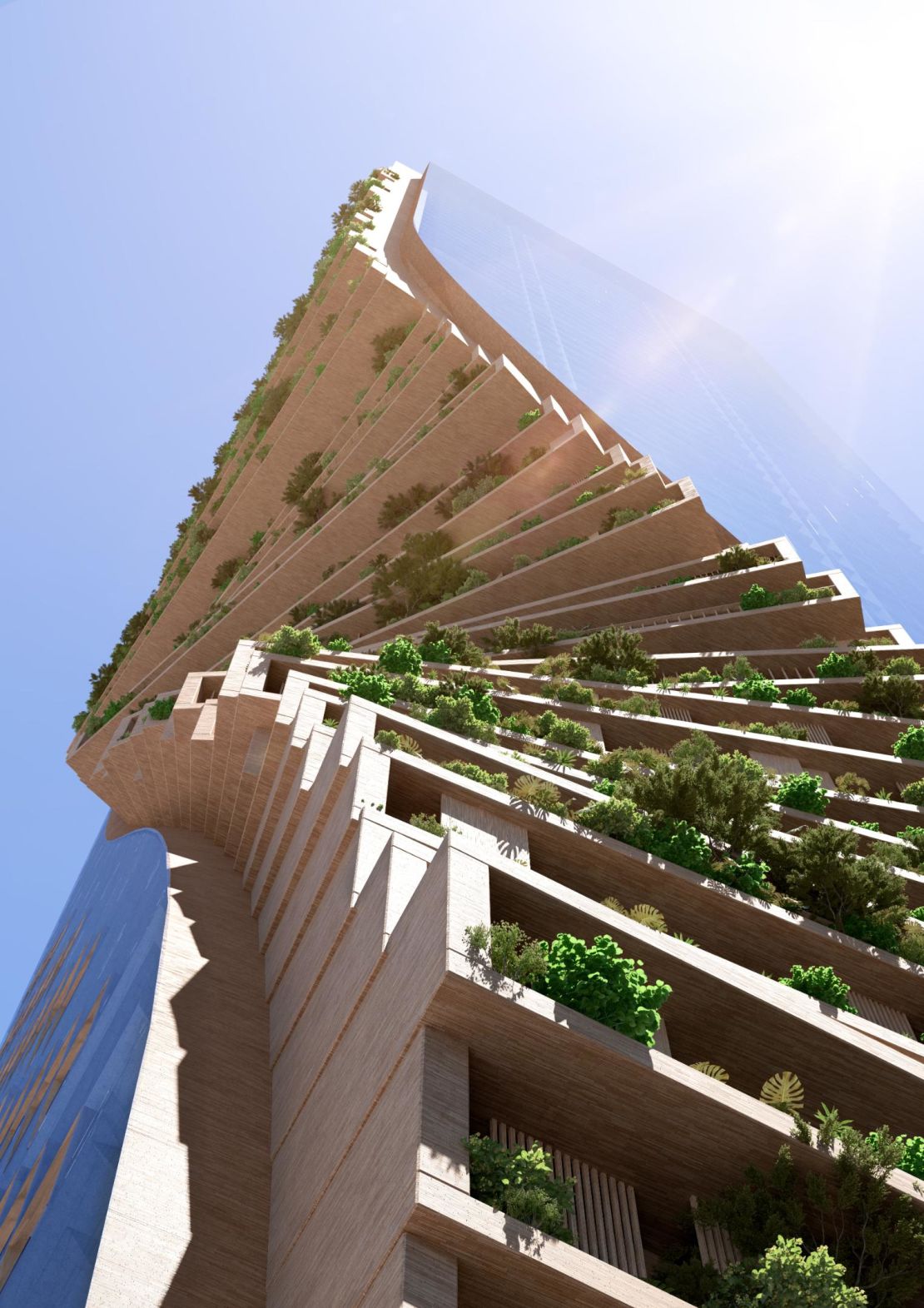
The structure forms part of a new development on Melbourne’s Southbank which is predicted to cost more than 2 billion Australian dollars ($1.4 billion). In addition to residential and commercial space, the complex will provide public and outdoor facilities, including a “publicly accessible” roof garden.
The winning proposal was designed by Dutch firm UNStudio and Australia’s Cox Architecture. Its design features geometric glass facades and a “spine” of balconies, terraces and gardens filled with trees and foliage.
“Melbourne has beautiful gardens and beautiful boulevards,” said Cox Architecture’s principal director, Philip Rowe, in a phone interview. “The landscape is key to (living in the city) so we created a vertical boulevard … that creates open space, neighborhood zones, pocket parks and public activity.”
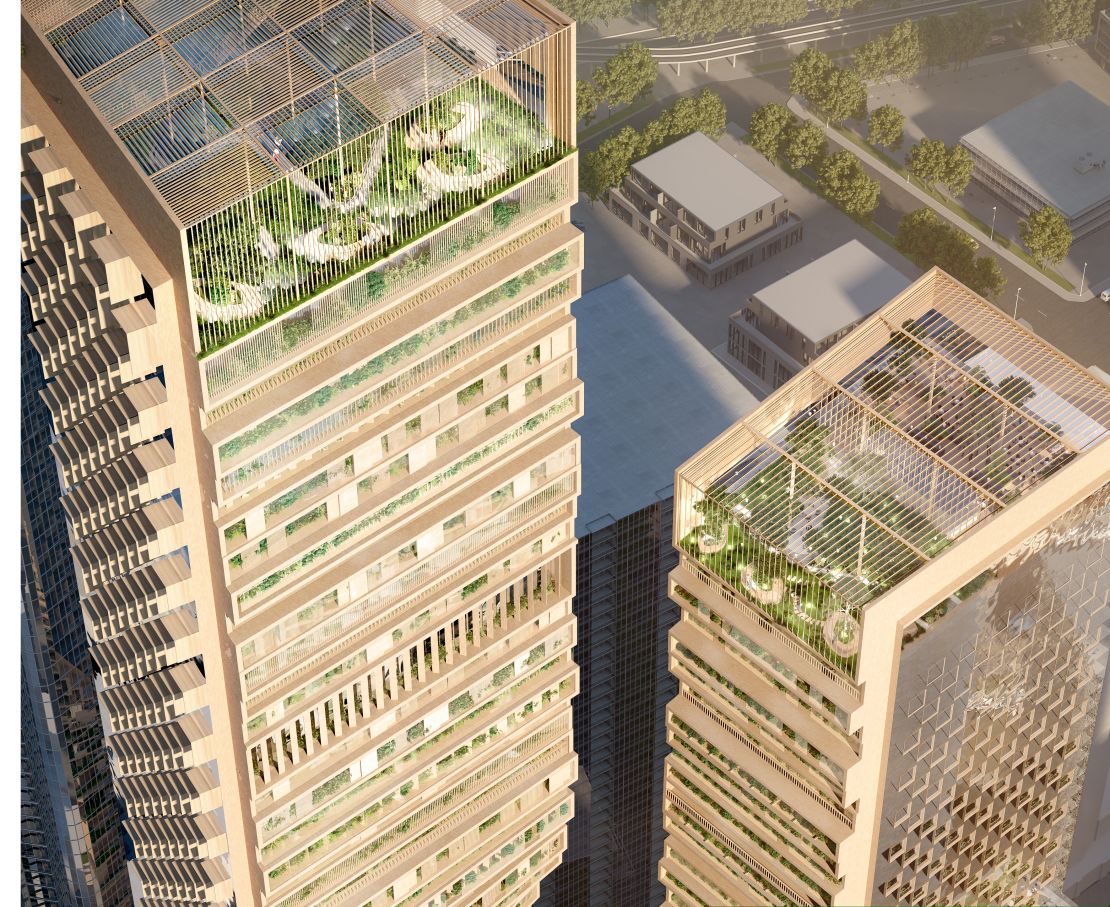
The larger of the two towers will stand more than 30 meters above Australia’s current tallest building, the Gold Coast’s 322 meter (1,058 foot) Q1 skyscraper.
“Green Spine” joins a growing number of foliage-covered developments proposed or completed in recent years, including architect Stefano Boeri’s “Vertical Forest” in Milan and the forthcoming “Sky Forest” in Vietnam’s Ho Chi Minh City.
“I think (architecture is) evolving from the late 20th and 21st century in that we’re becoming more aware of the environment – at a sustainable level but also at a human level,” said Rowe. “A connection to landscape and greenery is a fundamental human ‘want’.”
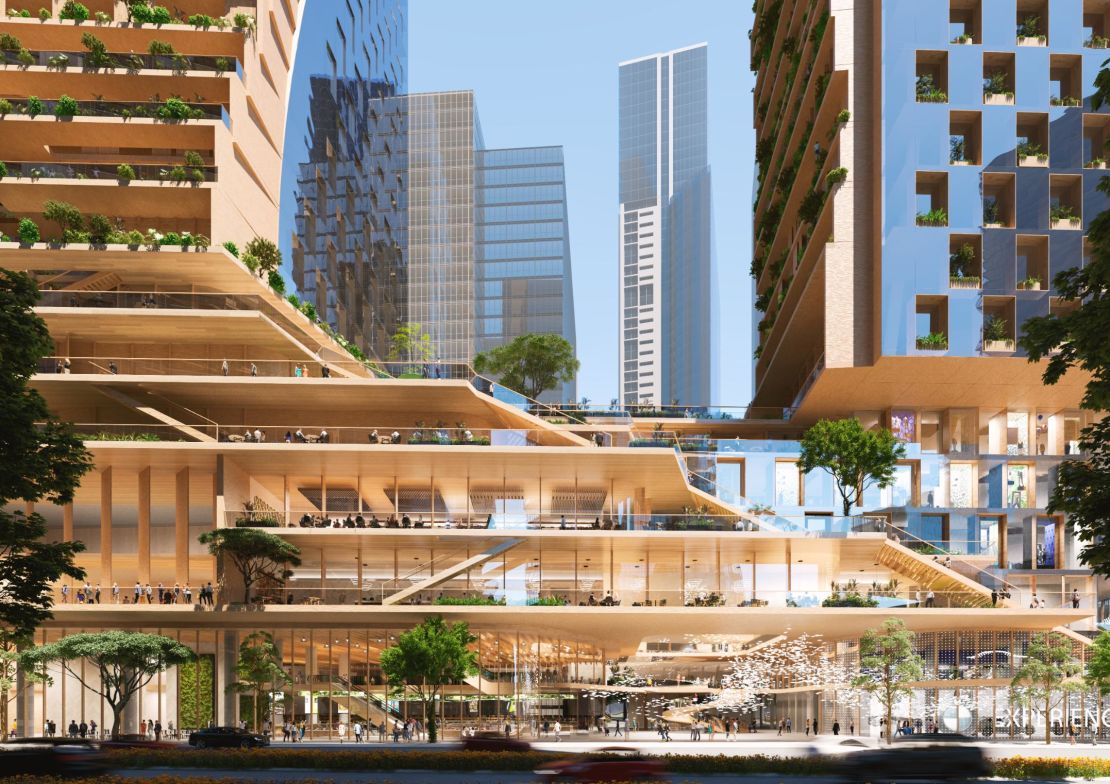
He added that a “move away from reflective glass towers – toward something more human and more connected to the environment – may well be a trend that’s happening.”
“But it’s through necessity that we want to engage more with it,” Rowe said.
The winning proposal was chosen by a seven-member jury as part of a design competition organized by property developer Beulah International. It beat five other shortlisted designs, including ones from global architecture firms like Bjarke Ingels Group, Woods Bagot and OMA.
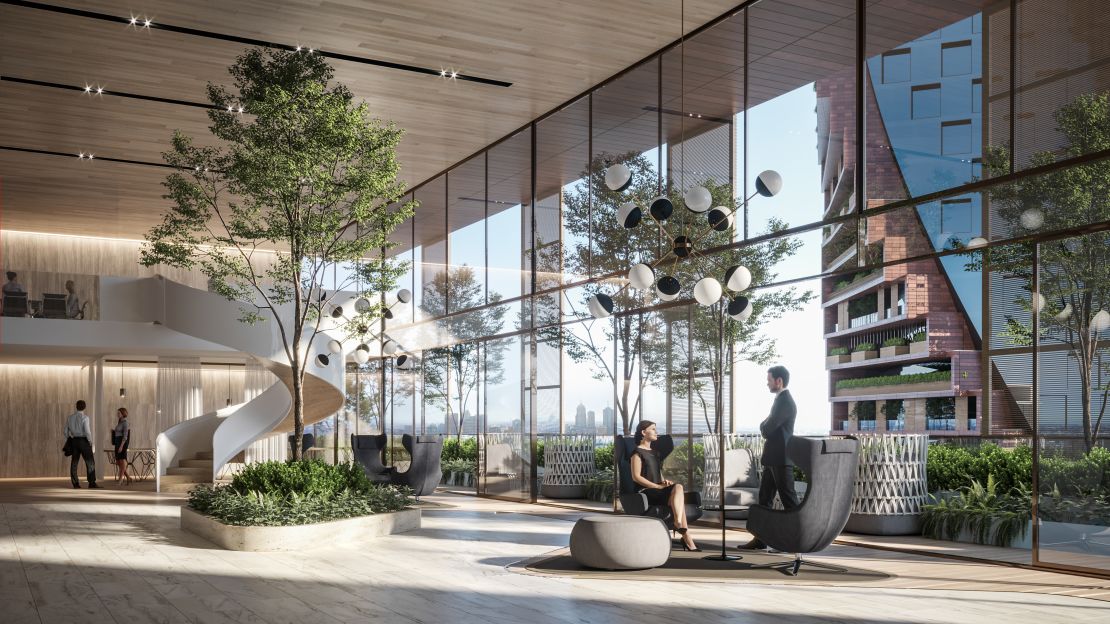
Beulah International’s executive director, Adelene Teh, said in a statement the new development will serve as a “visual beacon” for the downtown Melbourne neighborhood.
“(It will) truly transform the public realm by eroding the hard edges that (are) prevalent in Southbank,” she added.
